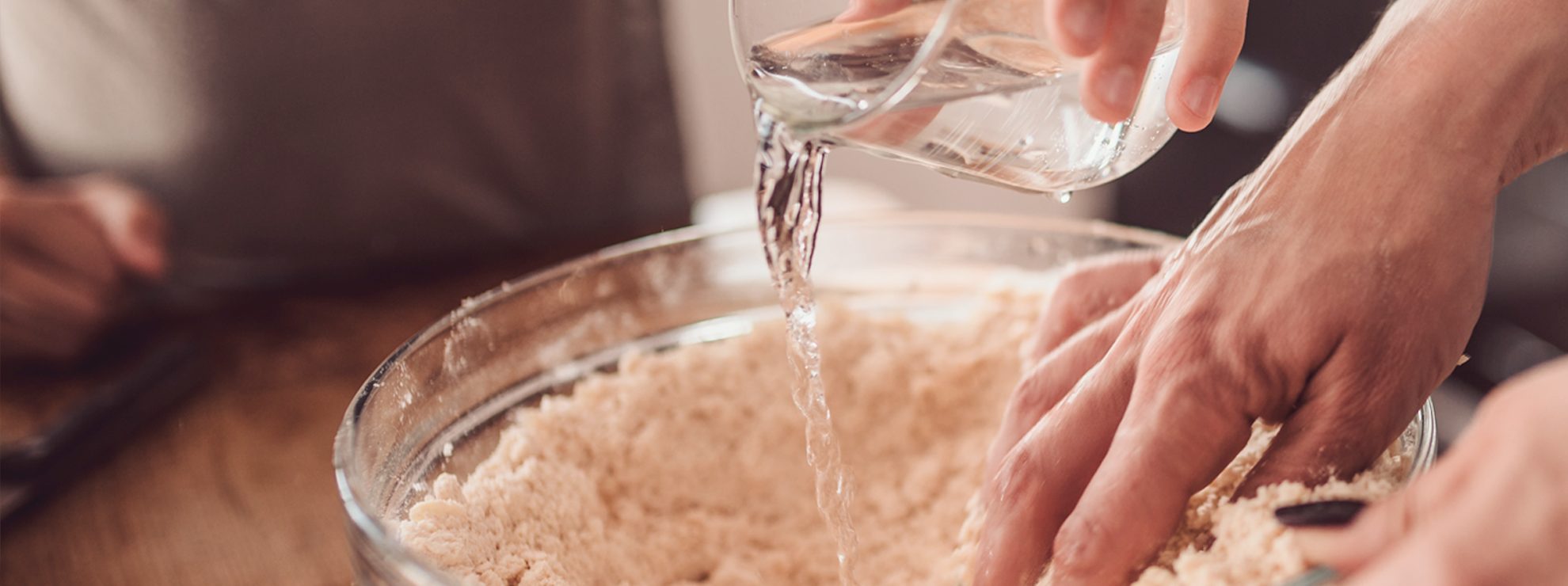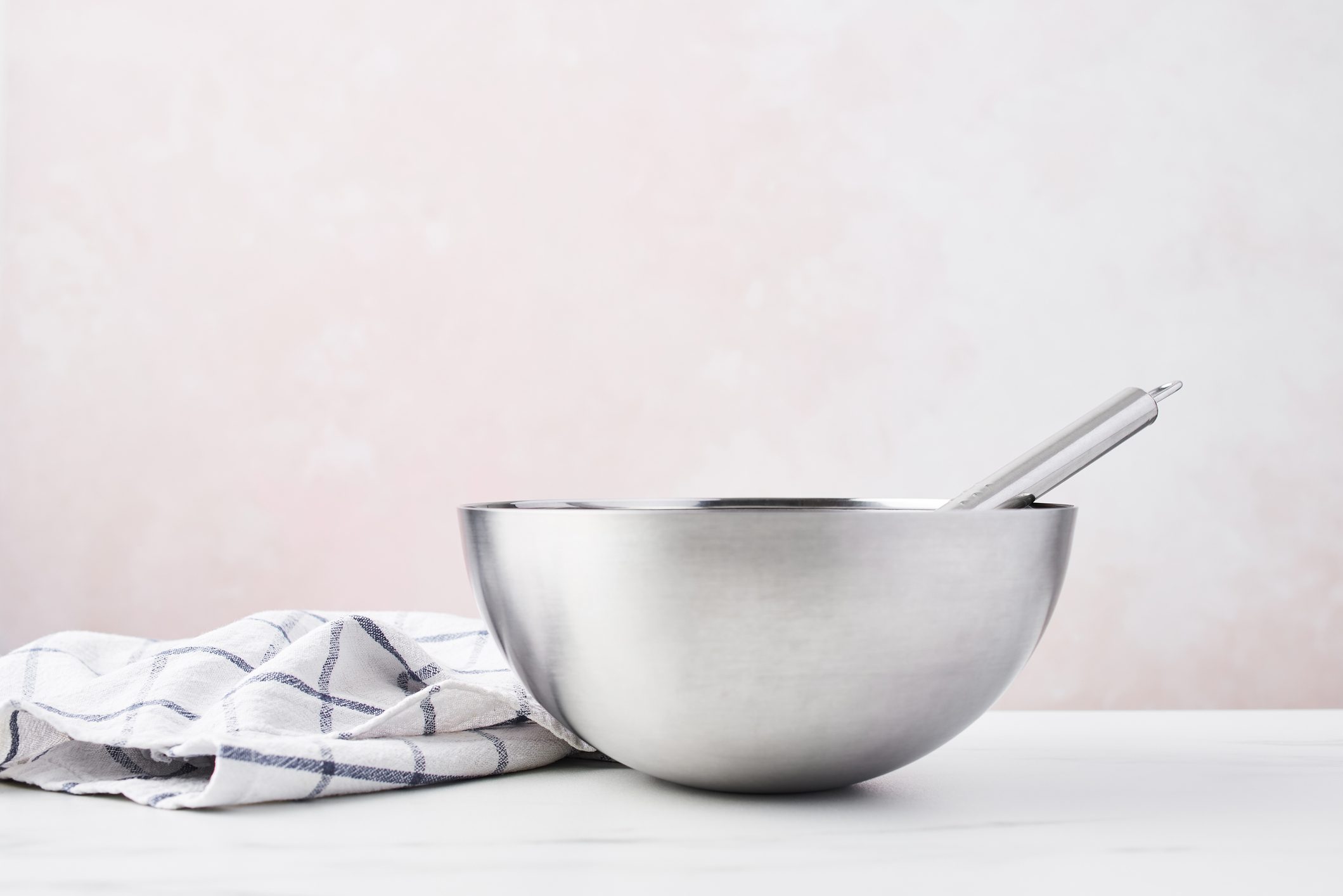suggested video
suggested video
How to correctly make ice without risking any contamination
Preparing ice at home can seem the easiest thing in the world, but doing it properly, so that it is safe from the dietary point of view, requires to compliance with a few rules that is good to know and the adoption of simple steps to be able to obtain solidified water cubes that are not harmful for our health.
252
;)
Preparing ice at home can seem the easiest thing in the world, but doing it properly, so that it is safe from the dietary point of view, requires to compliance with a few rules that is good to know and the adoption of simple steps to be able to obtain solidified water cubes that are not harmful for our health.
- To make ice utilize, if possible, mineral water from a bottle that is not yet open or water that has been purified with household systems; if instead you want to use the water from the tap, make sure you use it as soon as it is collected and do not let it sediment before putting it in the freezer in the special trays.
- Wash with dishwasher detergent (I find myself very well with the self-produced and totally natural one) and rinse the trays to make ice before each use.
- Cover the ice trays with aluminum kitchen foil or use those with a lid (they are very practical and stackable to take up as little space as possible) or the well closed bags, ensuring that they do not come in contact with other food stored in the same compartment of the freezer.
- Quickly chill the water placed in the trays at -18 ° C and, once it has completely solidified, keep it at a temperature not higher than -5 ° to avoid re-freezing and liquefaction.
- Use all the ice contained in a single tray at one time and throw away what is left over (do not make the mistake to fill the empty parts of the trays with new water and leave the unused cubes in it at the same time when you put it back in the freezer).
- Do not touch the ice with your hands either when you take it out of the trays or when you put it in the ice tray or directly in the drinks glasses, but use an ice tong or help yourself with a spoon.
- Clean the freezer compartment frequently and regularly, eliminating the ice formed on the walls and any frozen food residues.
- If you want to always have ice cubes available, replace the unused ones with others just made every 30 days or so. And, in any case, do not keep them for more than 6 weeks.
- Thoroughly clean the tools and equipment you use to handle ice (especially ice crusher) every time before and after use.
- If your refrigerator has also an ice maker, carefully follow the instructions for proper maintenance and cleaning contained in the electrical appliance booklet.
;Resize,width=767;)
Every dish has a story
Find out more on Cookist social networks

;Resize,width=712;)
;Resize,width=712;)
